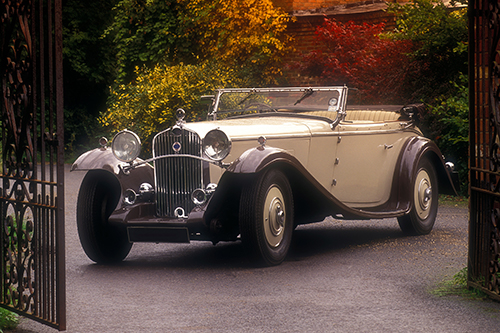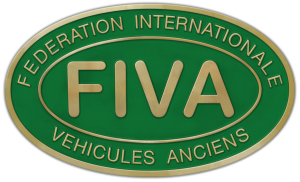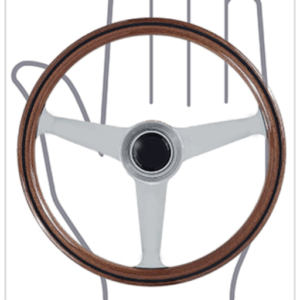This website uses cookies so that we can provide you with the best user experience possible. Cookie information is stored in your browser and performs functions such as recognising you when you return to our website and helping our team to understand which sections of the website you find most interesting and useful.
Delage, the history

Delage, the history
Louis Delage was an impassioned car enthusiast who founded his own design firm in 1900 that worked for the major French automakers, including Peugeot.
In 1905, he began building his own cars with a 1-cylinder De Dion engine.
Delage would later become one of the most prestigious makes in French automobile history.
Louis Delage focused at once on the development and production of light and sporty vehicles, although that was fairly relative at the time.
He also immediately saw the commercial benefit of participating in races. In 1908, a Delage achieved its first victory in Dieppe. In 1914, René Thomas won the legendary Indianapolis 500 Miles with a Delage with an average speed of nearly 133 km/h.
This was the beginning of a long series of motorsport successes culminating in the World Constructors Championship in 1927 where Delage won 4 out of 5 races run.
Imposing and unique bodywork
After the racing successes, Delage would focus more on the development and production of more prestigious cars with attention to elegance, design, comfort, authenticity and attention to detail.
Thus – from 1929 to 1940 – the magnificent Delage D8 with an 8 cylinder engine of 4061 cc and a Cotal gearbox was supplied as an “empty” chassis to equally legendary bodywork manufacturers such as Chapron and Letourneur et Marchand, whose stunning and often exclusive designs conferred on the cars class unseen up till then.
From that point on on, the Delages won awards in the most prestigious elegance competitions both in Europe and the USA.
Influencers
The Roaring Twenties symbolized a new way of life: fun, carefree living and getting over the aftermath of the First World War quickly.
French cities were also undergoing this transformation, not only in terms of architecture, but also in terms of music, nightlife, fashion, etc. What is no longer allowed in the United States as a result of the so-called “Prohibition” finds its way to Paris and other French cities.
Louis Delage cleverly anticipated this by means of “influencers before the country event existed” and had celebrities like Josephine Baker, who had flown over from the USA, and Mistinguett, the Parisian star of the Casino de Paris and the Moulin Rouge, drive around in his cars. They ensured that driving a Delage was elevated to an “art of life,” as it were, and gave the cars a never-seen-before image.
Delage becomes Delahaye
Like many luxury makes, Delage had a hard time in the crisis years of the 1930s. In 1935 the factory was closed and all its contents sold. The competing French make Delahaye bought the rights to the name “Delage” and would continue to build cars under this name. The know-how in racing cars was also taken over along with the name.
With the Delage D6-70 Streamlined Coupé, a one-off unveiled in 1937, Jacques de Valance and Louis Gérard came 4th in the 24 hours of Le Mans and won the 2001-3000 cc class.
In 1954, Hotchkiss would acquire both Delage and Delahaye, and both makes would thus disappear from the scene.
General information
The Antwerp Classic Salon is an organisation of S.I.H.A. Salons Automobiles BVBA
![]()
Jozef Nuytsstraat 1
2140 Antwerpen, Belgium
Click here for our privacy statement
CONTACT US
You still have questions about the Antwerp Classic Salon?
Please send us your message or enquiry via the contact form.



